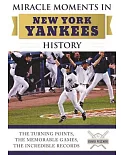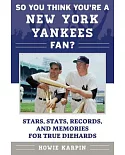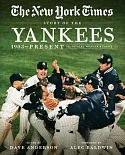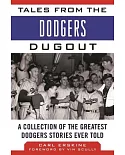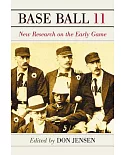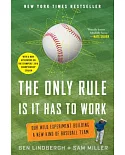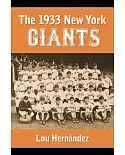First published in 1945 as part of the acclaimed Putnam series of team histories, Frank Graham’s colorful chronicle presents the Brooklyn Dodgers in “all their glory and all their daffiness”
from the team’s beginnings as the Atlantics in 1883 through 1943, with a short summary of the 1944 season.
In his foreword, Hall of Fame sports writer Jack Lang writes that “in an era that produced for New York sports fans such outstanding sportswriters as Grantland Rice, Sid Mercer, Bill Slocum,
Bob Considine, and Tommy Holmes, one of the very best was Frank Graham, whose columns appeared in the New York Sun and later the Journal-American.”
Graham covers every aspect of the Dodgers—games, fans, players, managers, executives. And these Dodgers produced their share of legends: Wee Willie Keeler, Mickey Owen, Dazzy Vance, Babe
Herman, Charles H. Ebbets, Wilbert Robinson, Charles Byrne, Casey Stengel, Leo Durocher, Zack Wheat, Burleigh Grimes, Steve McKeever, Ed McKeever, Larry MacPhail, Max Carey, Dixie Walker,
Branch Rickey, Dolph Camilli, Hugh Casey, Nap Rucker, Van Lingle Mungo, and the voice of the Dodgers, Red Barber.
Dealing with the various executives, Graham notes that in the beginning, Charles Ebbets did everything from selling tickets and scorecards to helping out in the front office. In the 1930s,
the inept Dodgers provoked laughter until Larry MacPhail moved from Cincinnati to Brooklyn in 1938; one year later, the Dodgers were contenders. When MacPhail departed for the Army after the
1942 season, Branch Rickey succeeded him. Rickey’s scouts signed every youngster who could hit, run, or throw, even though many of them were headed for the war. “When they came back in 1946,”
Lang explains, “Rickey had cornered the market on the nation’s young talent—more than six hundred ballplayers.”
This history of the Brooklyn Dodgers contains eighteen black-and-white illustrations.


